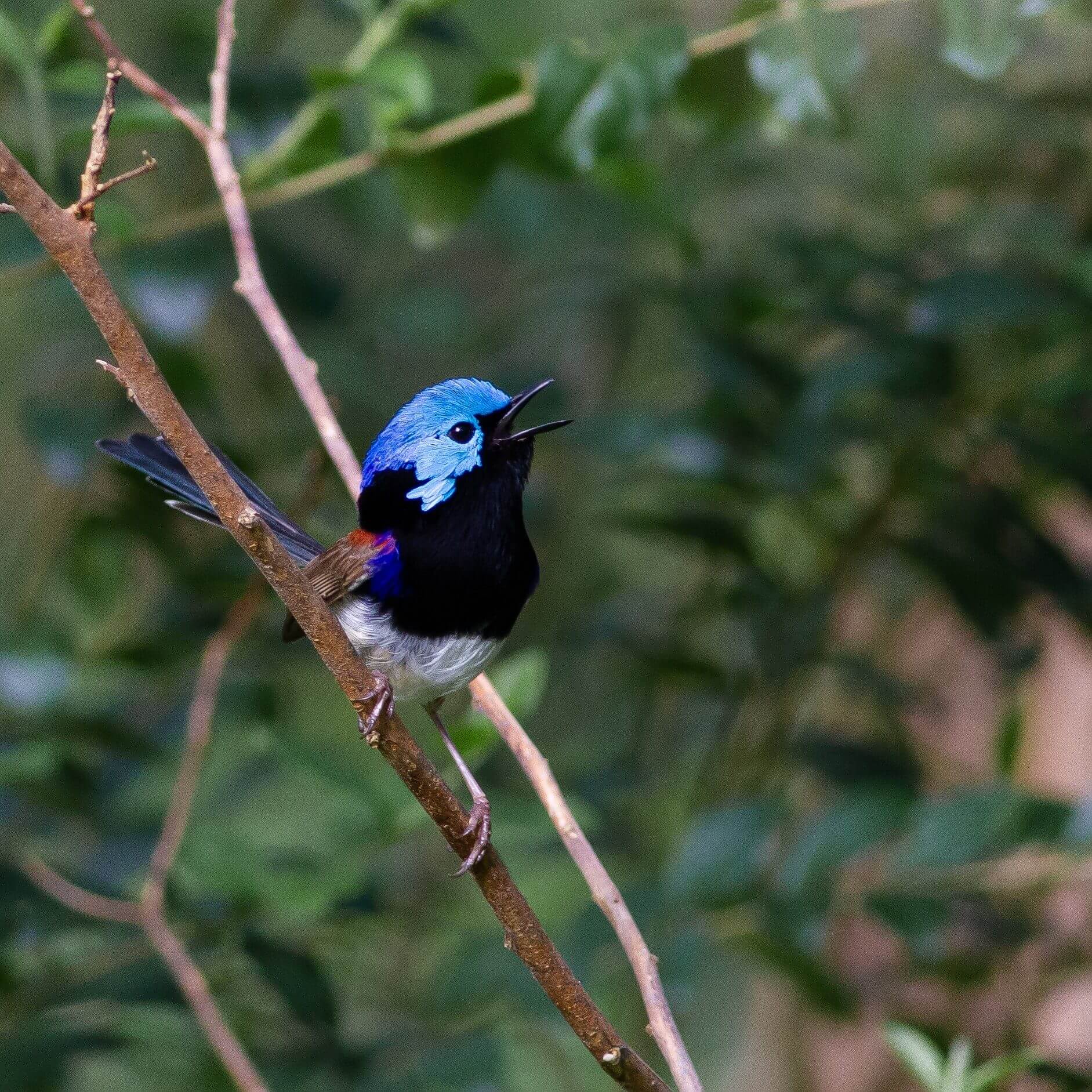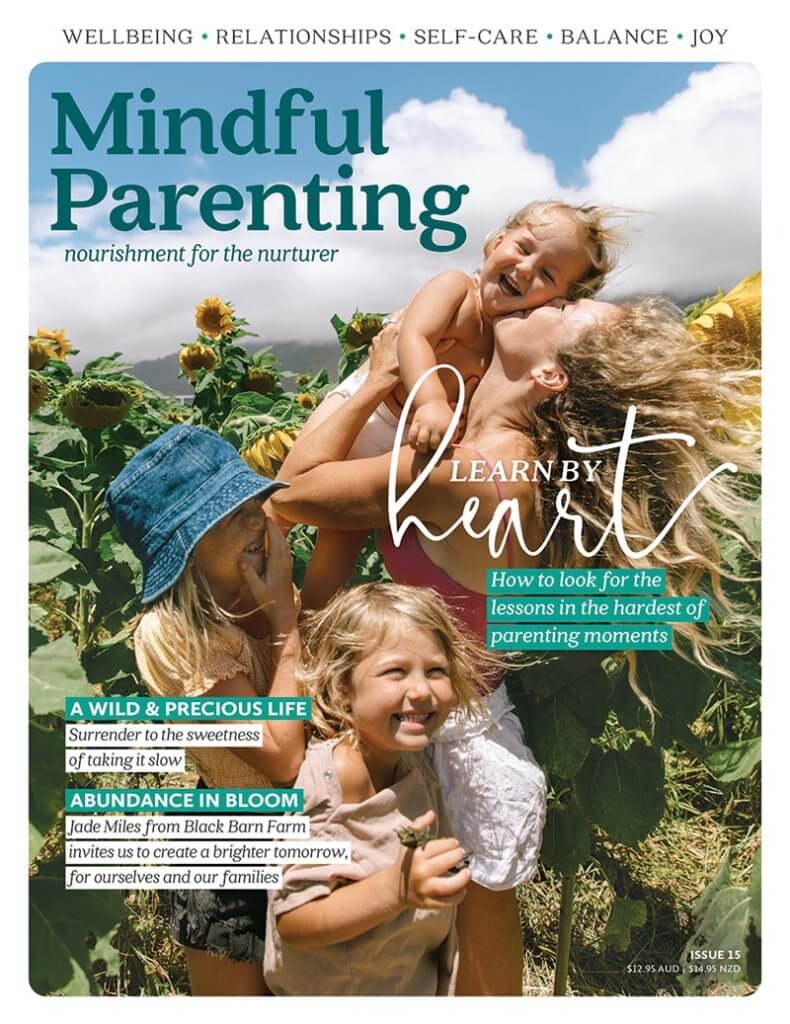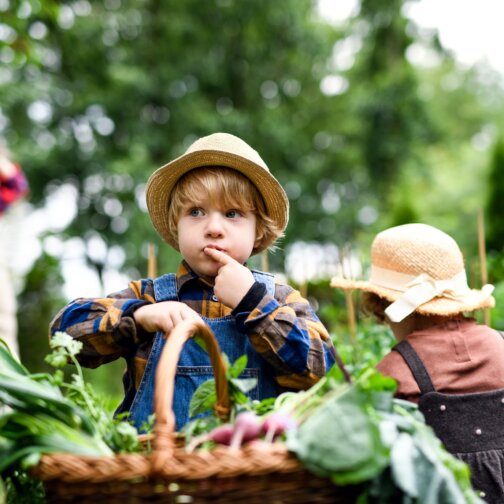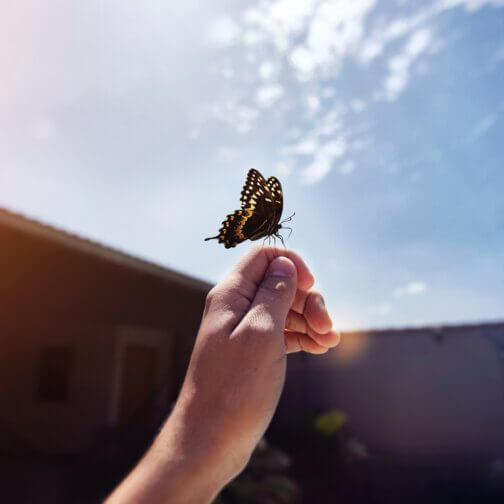
We often don’t pay much attention to nature’s songsters, but cultivating a deeper appreciation and awareness of birds could be an easy way to add a little joy to our day.
Is there a more unique alarm clock than a chorus of birdsong? The whooping laughter of the kookaburra or the musical warble of the magpie; these sounds are synonymous with the Australian bush and for many of us – relaxation.
There’s a reason that birdsong is so peaceful. Julian Treasure, sound-researcher and author, believes birdsong evokes a state that he calls “body relaxed, mind alert”; it’s calming and reassuring but also stimulates us cognitively.
Not only can birdwatching be educational for kids, it’s a relaxing mindfulness activity that taps into our innate connection with nature. In fact, a 2017 study by academics at the University of Exeter, the British Trust for Ornithology, and the University of Queensland found that people living in areas with an abundance of birds and vegetation are less likely to suffer from depression, anxiety, and stress than those who do not.
Australia is home to an estimated 828 bird species and about 45 percent of those are endemic, not found anywhere else in the world. So, whether you live in an urban or rural area, why not pack your binoculars for an avian adventure safari in your own neighbourhood this weekend?
The ancient art of stillness
Appreciating birdlife up close requires an element of stillness, quiet, and patience, making it an ideal mindfulness activity. Nikki Tiedeman is a mindfulness expert and meditation teacher; she also coaches children in mindfulness to help them develop confidence. Nikki says, “We live in a world where it’s noisy – everything from the TV, radio, or the noise of a family home. Even if you walk out your door, urban or regional, there are buses and cars, and we don’t spend a lot of time being still without any other distraction.
“That sense of stillness is exactly what mindfulness is all about, quieting the mind. With bird-watching, it brings you into the present moment, because you need to be aware of your surroundings.”
According to Nikki, making bird-watching fun for kids is as simple as turning it into a game. Nikki suggests nominating a point system for different species or colours of birds and seeing who can score the highest – almost like bird bingo!
Sharing joy
But the benefits of bird-watching go deeper than ticking off your ‘bingo-card’ – it’s a family bonding experience too according to Leanne Tran, a Brisbane-based psychologist. Leanne says, “Developing quality relationships with children is achieved by parents spending time with their children, doing things they enjoy. Being in nature also helps children learn how to balance independent exploration and managing risk, while having a safe base in their parents. This builds secure and confident children ready to be out in the world. For older children, bird-watching can offer information-based learning like facts about different types of birds, their habitats, life cycles and diets.”
Get the family involved in learning their finches from their fantails by investing in a bird book or downloading the Aussie Bird Count app. Created by BirdLife Australia, the nation’s largest bird conservation organisation, the app has a handy field guide to help you identify birds and learn more about them.
Feathered friends
Bird-watching might even hold opportunities to make some new friends, like it did for Krissy Regan from Townsville in Queensland. Krissy founded Mindful Mums Queensland in 2019 with a view of encouraging mums to embrace mindfulness to help overcome overwhelm and stress. She’s also welcomed some avian guests into her home, which has brought joy and delight to both Krissy and her two daughters.
“We’ve had sunbirds build a home in our shed and hatch three separate lots of babies,” says Krissy. “We love being surrogate parents to our baby sunbirds and watching the chicks grow up in the nest. The ‘mummy’ sunbird flaps around the car as we leave for school in the morning and is there to greet us when we get home in the evening … When you’re focusing your attention on something like animals in nature, you really have to bring your present-focused awareness to them, and nature in its own right is very healing.”
Finding your flock
If you’re lucky enough to have a garden, there are things you can do to attract more birdlife. Dr Holly Parsons is Urban Bird Program Manager at BirdLife Australia. Holly recommends not feeding birds, as it interferes with their natural foraging patters. Instead, she suggests, “The best way to attract birds is to provide a reliable source of water for them, such as a bird bath or even a dish, that is regularly cleaned and replenished, and plant some bird-friendly plants, which may be a variety of plants with flowers for nectar-feeding birds [including bottlebrush, banksia, or grevillea] and seeds for seed-eating birds.”
But you don’t need to have a garden or live in a rural area to gain the benefits. “You can see birds everywhere,” says Holly, “it’s just a matter of being aware of them and taking your time to have a look. They can be seen in the heart of our cities, and in every area of parkland there will be at least a few different species to be seen.”
If you can’t get outside, search for birdlife videos online, or download a meditation track that incorporates birdsong. Leanne explains, “Meditation videos or audio tracks are a great way to get the benefit of being in nature if nature feels far away. One way to enhance the effect of virtual bird-watching might be to [sit] in a backyard or balcony so you can still feel the wind in your hair or sun on your face.”
A backyard bird safari could be the perfect antidote to a stressful week. Because there’s a reason that birdsong brings so much joy. It’s the ultimate form of mindfulness; body relaxed, mind alert.























